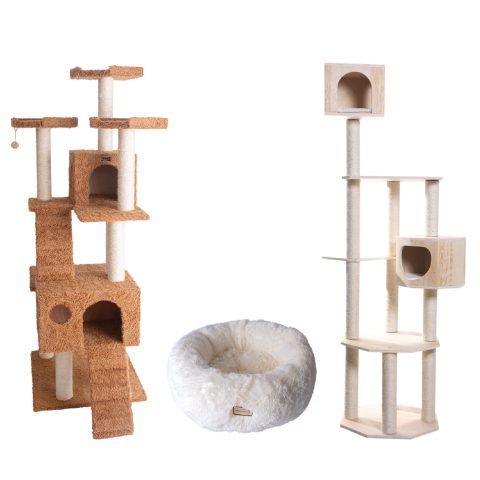
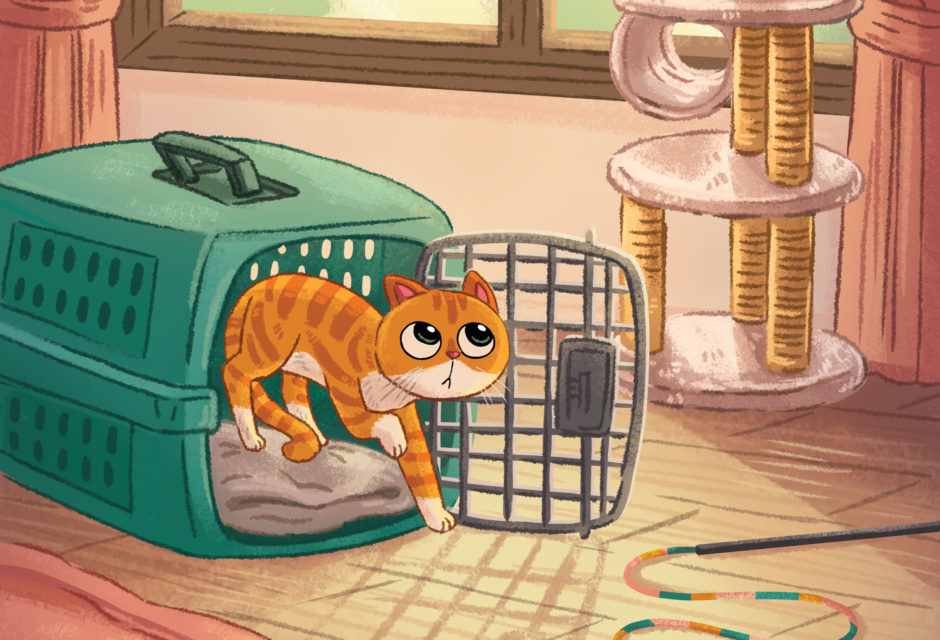
Cat Adoption Success: 6 Tips for Choosing a Shelter Cat
For those nervous about the adoption process, our expert's guide to adopting a shelter cat.
By: Mieshelle Nagelschneider, Cat Behaviourist, host of the TV show My Cat From Hell, and author of the cat behaviour science book, The Cat Whisperer
Last Updated:
It’s very exciting to be able to give a cat a forever home, especially one from a shelter. For every cat someone purchases from a breeder, one remains at a shelter and is possibly euthanized. By adopting a shelter cat, you are saving cats’ lives and helping shelters make space for new cats coming into the shelter. If you follow these guidelines, the process of adopting a shelter cat should be a rewarding and enjoyable experience and set the stage for a long-lasting relationship with your new cat.

Getting used to new surroundings. – (Photo: Albina Tiplyashina/shutterstock.com)
1. Kitten vs. an adult cat:
There are advantages and disadvantages to adopting an adult cat or a kitten. Yes, kittens are cute, adorable, and entertaining. But their high-level energy coupled with their extra need for supervision and attention may not be the best decision if you are a busy person or out of the home much of the time. If you have small children, older cats or dogs, or a home filled with silk furniture, curbing a kitten’s natural predatory instincts can be a difficult battle to win (especially in the beginning). If you don’t kitten-proof your home, anything is fair game (alive or inanimate) to sharpen their hunting skills. True, a kitten’s dialed-up prey drive is a temporary predicament until they mature, but until then, their main goal is to eat, sleep, and prey on anything that catches their eye. The stalk/chase, grab/bite, pounce/bite, and “kill” bite are the motor pattern sequences your kitten will need to practice over and over again.
If you are set on a kitten, it’s in everyone’s best interest to adopt two kittens around the same age so they can continue sharpening their hunting skills on the appropriate target—their kitten friend—instead of members of your human family or the potted fern. An adult cat still requires attention, but much less than a kitten.

The interview process. – (Photo: JakubD/bigstock.com)
2. Temperament expectations:
Cats in general have different personalities and temperaments that make each of them unique. To help ensure a successful adoption, be realistic about your expectations of the relationship you want with a new cat. Are you wanting an outgoing, playful cat to integrate into a home with your other active cats? Or do you want a laid back, mellow cat that happily curls up on your bed or lap while you’re reading a book? If you already have pets at home, it’s important that you keep in mind what type of cat would blend in well with your other pets. For example, an outgoing cat may be a bit too much for a more sedate senior cat.
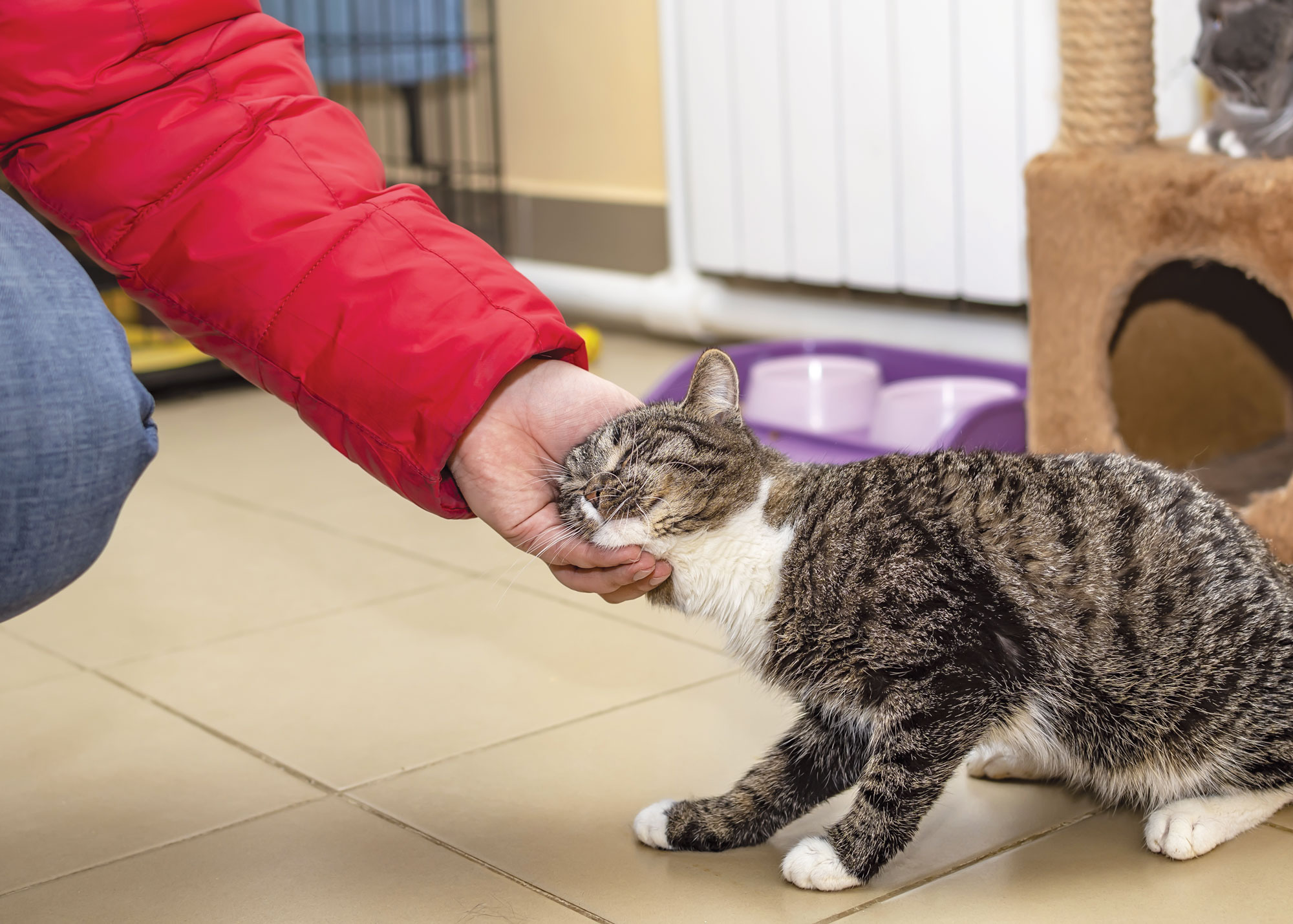
Forming a connection. – (Photo: jk3030/bigstock.com)
3. Take your time and be open:
It’s easy to fall in love with the first cat you see (or like me, all of them), but do take a minute or two at each cage to observe each cat. You may think you’re looking specifically for a male orange tabby or a female gray cat. Still, if you take your time, you may find a specific cat’s cute personality overrides your gender and colour preferences. Also, keep in mind the cats you’re viewing are also viewing you, so taking that extra bit of time with each cat may help you find a very special connection you weren’t expecting.

Let’s get acquainted. – (Photo: Alieee/bigstock.com)
4. Get acquainted in a visitation room:
It can be difficult to determine a cat’s true personality and temperament when it’s in a shelter cage. If the shelter has a visitation room, absolutely spend 30 minutes with the cat that you’re interested in adopting. A cat that is scared and hissing huddled in the back of a cage can be an absolute love when you spend time with him out of his cage and away from other cats. The shelter visitation rooms are the closest you will come to learning what the cat will be like when he is in your home. In addition to being stressed, many cats do not like being pet and are not playful while in a cage.
It’s a very good response if the cat readily plays with a wand toy that you maneuver in the visitation room. A cat that is too fearful may not play and this can mean they may need more time adjusting to a new home or may do better in a calmer home instead of one with a lot of activity. If a cat does become playful, this is a great sign that he may adjust more quickly to a new home. Once you’ve helped the cat relax with a bit of play time, he will be more likely to accept petting from you. Before picking a cat up, ask the shelter staff their experience with this. It’s best to let a cat approach you instead of putting pressure on the cat to be social with you. The cat you’re interested in should show at least some mild interest in you. Walking towards you and asking for attention is a very positive sign.

These things take time. – (Photo: Anuta1988/bigstock.com)
5. Ask questions:
The shelter staff will usually be able to provide you with a behaviour assessment of the cats at the shelter and sometimes a cat’s prior history. Oftentimes, they already have information on whether a cat would do better as the only cat in a home vs. living with other cats, or how vocal the cat may be. Ask as many questions as you can, and you may find that speaking with more than one shelter worker can give you more insight into the cat’s behaviour and personality. Is the cat friendly, outgoing, and playful, or is he cautious or skittish until he gets to know you?

Special Delivery. – (Photo: steveee/bigstock.com)
6. Be patient after adoption:
Once home with your new cat or kitten(s), it can take a few weeks for the newcomer to adjust to their new home, so please be patient if they decide to hide under your bed or in your closet for several days. Make sure they have all their necessary supplies—litter box, food, water, cat bed, and toys. One of the best ways to help your cat acclimate more quickly to their new surroundings is to play with them using a wand toy with a feather or toy mouse on the end. Catnip is also a great behaviour tool to help them become more playful (kittens won’t respond to catnip until around six months of age). Activating your cat’s animated play state is their most confident fear-free mood state and is the fast track to helping them become confident in their new home. Instead of hiding under the bed for a week, the new cat can be out playing confidently like they own the place that same evening!

The fun begins.
Editor’s Pick: One of the best ways to form a bond with your new cat or kitten is through play! The RompiCatz Kattipede toy can be attached to a wand and is double-jointed so it wiggles for ultimate playtime fun. ($16, rompicatz.ca)
Check out Mieshelle Nagelschnider’s cat behaviourist clinic!
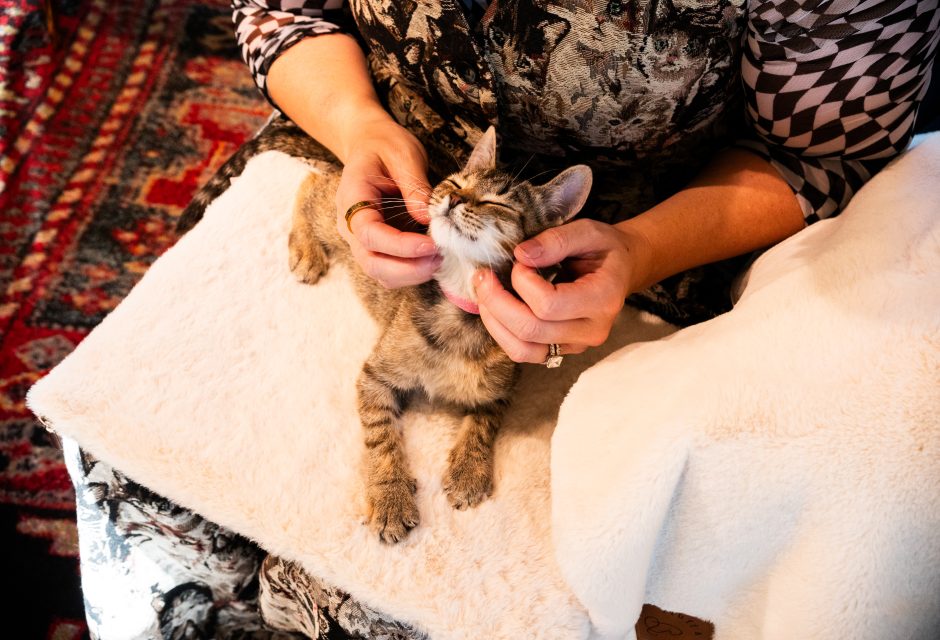
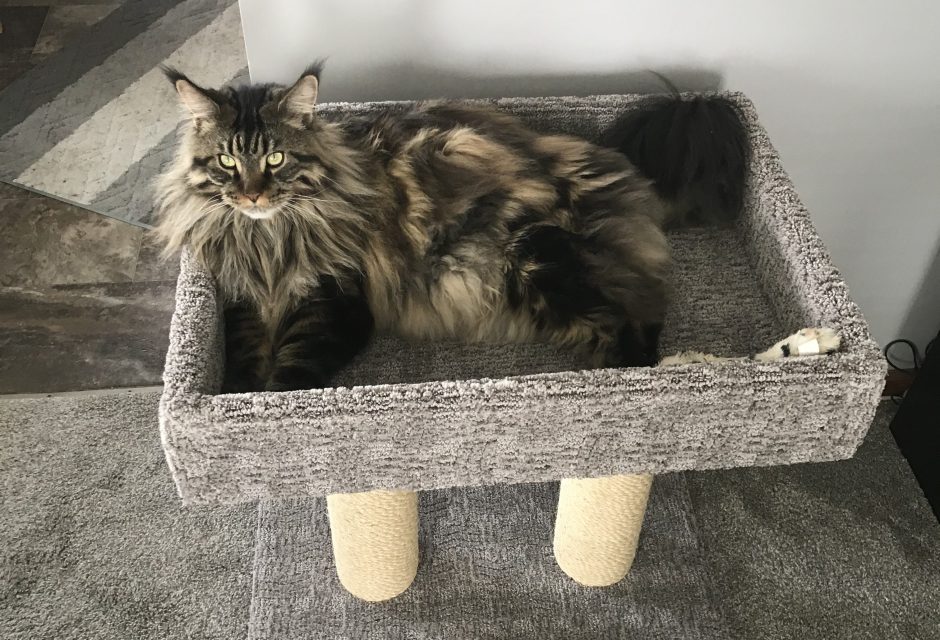
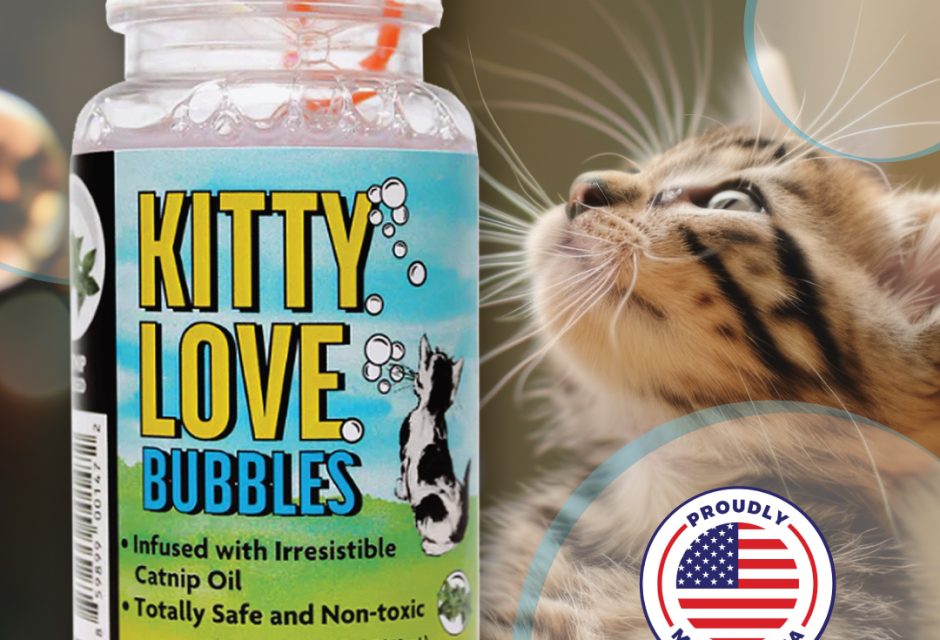
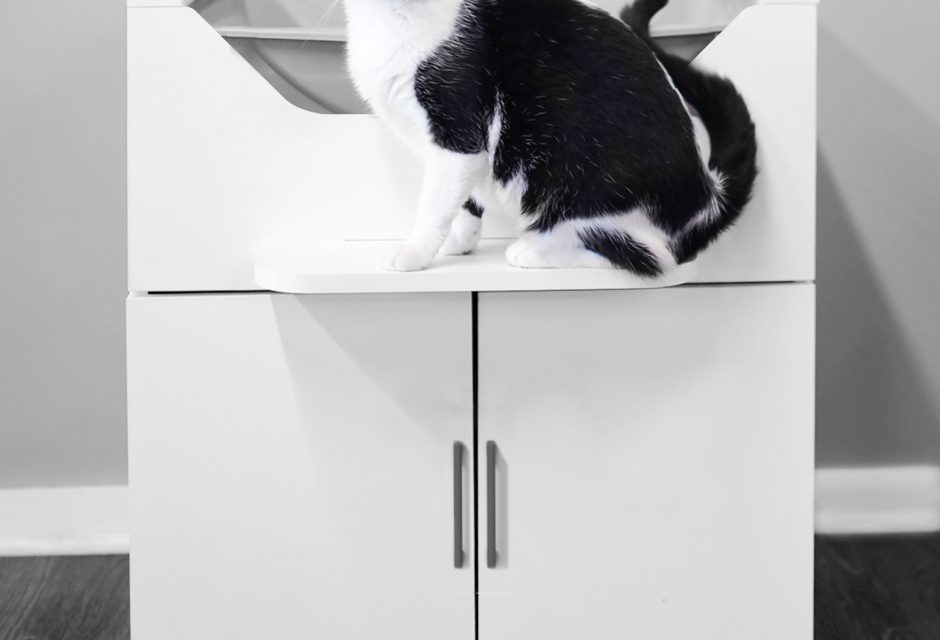

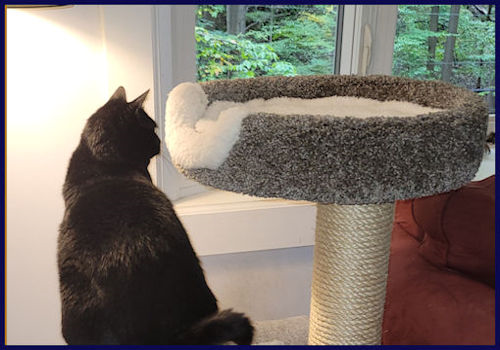
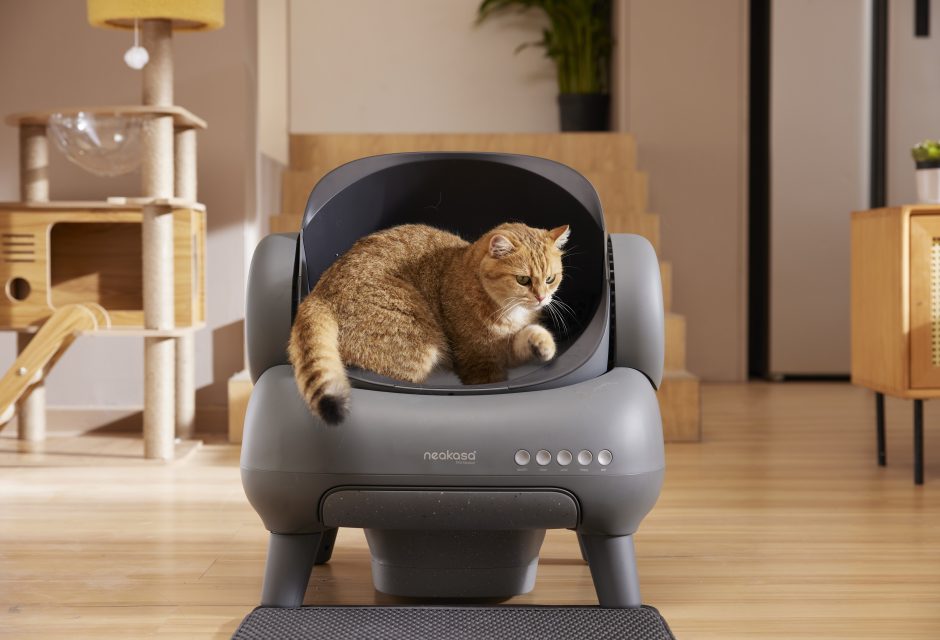

Join the newsletter and never miss out on cat content again!
"*" indicates required fields
By clicking the arrow, you agree to our web Terms of Use and Privacy & Cookie Policy. Easy unsubscribe links are provided in every email.
